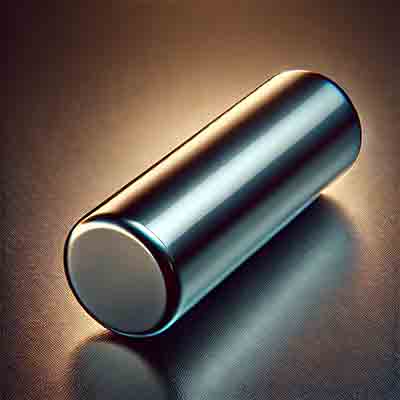Dry Thermal Oxide on Glass for Nanorod Fabrication
A Biochemistry professor requested a quote for the following.
I am interested to have SiO2 sputtered on glass coverslips.  Diameter is 18mm but other shapes or sizes would also work. SiO2 thickness is 30-50nm,single side deposition.
The coverslips will have gold or silica nanoparticles deposited on them (e.g. 25x45nm gold nanorods or 60nm silica spheres). Density of particles
Diameter is 18mm but other shapes or sizes would also work. SiO2 thickness is 30-50nm,single side deposition.
The coverslips will have gold or silica nanoparticles deposited on them (e.g. 25x45nm gold nanorods or 60nm silica spheres). Density of particles
about 0.1/um^2. Qty: 10-100 pieces.
Reference #215397 for specs and pricing.
Get Your Quote FAST! Or, Buy Online and Start Researching Today!
What are Gold Nanorod Applications?
Gold nanorods are elongated nanoparticles with unique optical, electronic, and chemical properties, making them useful in various applications. Here are some key applications:
1. Biomedical Imaging
- Surface Plasmon Resonance (SPR): Gold nanorods exhibit strong SPR, which can be tuned by
 adjusting their aspect ratio. This property is useful in imaging techniques like optical coherence tomography (OCT) and photoacoustic imaging, enhancing contrast in biological tissues.
adjusting their aspect ratio. This property is useful in imaging techniques like optical coherence tomography (OCT) and photoacoustic imaging, enhancing contrast in biological tissues.
2. Photothermal Therapy
- Cancer Treatment: Gold nanorods can absorb near-infrared (NIR) light and convert it into heat, selectively destroying cancer cells without damaging surrounding healthy tissue. This makes them valuable in targeted photothermal therapy.
3. Drug Delivery
- Targeted Delivery: Gold nanorods can be functionalized with ligands, enabling them to bind to specific cells or tissues. This targeted approach improves the efficacy of drug delivery systems, reducing side effects.
4. Biosensing
- Detection of Biomolecules: Gold nanorods are used in biosensors to detect specific biomolecules, such as DNA, proteins, or glucose. Their surface can be modified to capture target molecules, and the resulting changes in optical properties can be measured for detection.
5. Surface-Enhanced Raman Scattering (SERS)
- Molecular Detection: Gold nanorods can enhance the Raman scattering signals of molecules adsorbed on their surface, enabling highly sensitive detection of chemical and biological species.
6. Catalysis
- Chemical Reactions: Gold nanorods can act as catalysts in various chemical reactions, including oxidation and reduction processes, due to their large surface area and active sites.
7. Optoelectronics
- Solar Cells and Sensors: The unique optical properties of gold nanorods make them useful in enhancing the performance of optoelectronic devices, such as solar cells and light sensors.
8. Diagnostics
- Colorimetric Assays: Gold nanorods change color when aggregated, a property that can be exploited in diagnostic assays for detecting the presence of specific analytes.
These applications leverage the tunable optical properties, biocompatibility, and surface chemistry of gold nanorods, making them highly versatile in both medical and technological fields.
 Diameter is 18mm but other shapes or sizes would also work. SiO2 thickness is 30-50nm,single side deposition.
The coverslips will have gold or silica nanoparticles deposited on them (e.g. 25x45nm gold nanorods or 60nm silica spheres). Density of particles
Diameter is 18mm but other shapes or sizes would also work. SiO2 thickness is 30-50nm,single side deposition.
The coverslips will have gold or silica nanoparticles deposited on them (e.g. 25x45nm gold nanorods or 60nm silica spheres). Density of particles
 adjusting their aspect ratio. This property is useful in imaging techniques like optical coherence tomography (OCT) and photoacoustic imaging, enhancing contrast in biological tissues.
adjusting their aspect ratio. This property is useful in imaging techniques like optical coherence tomography (OCT) and photoacoustic imaging, enhancing contrast in biological tissues.